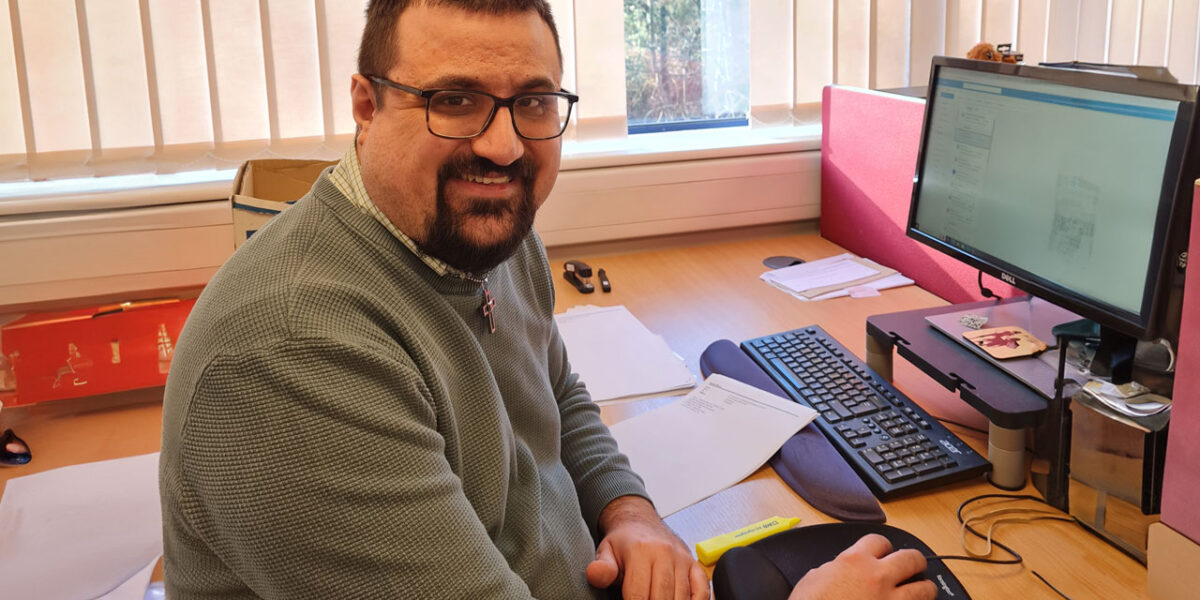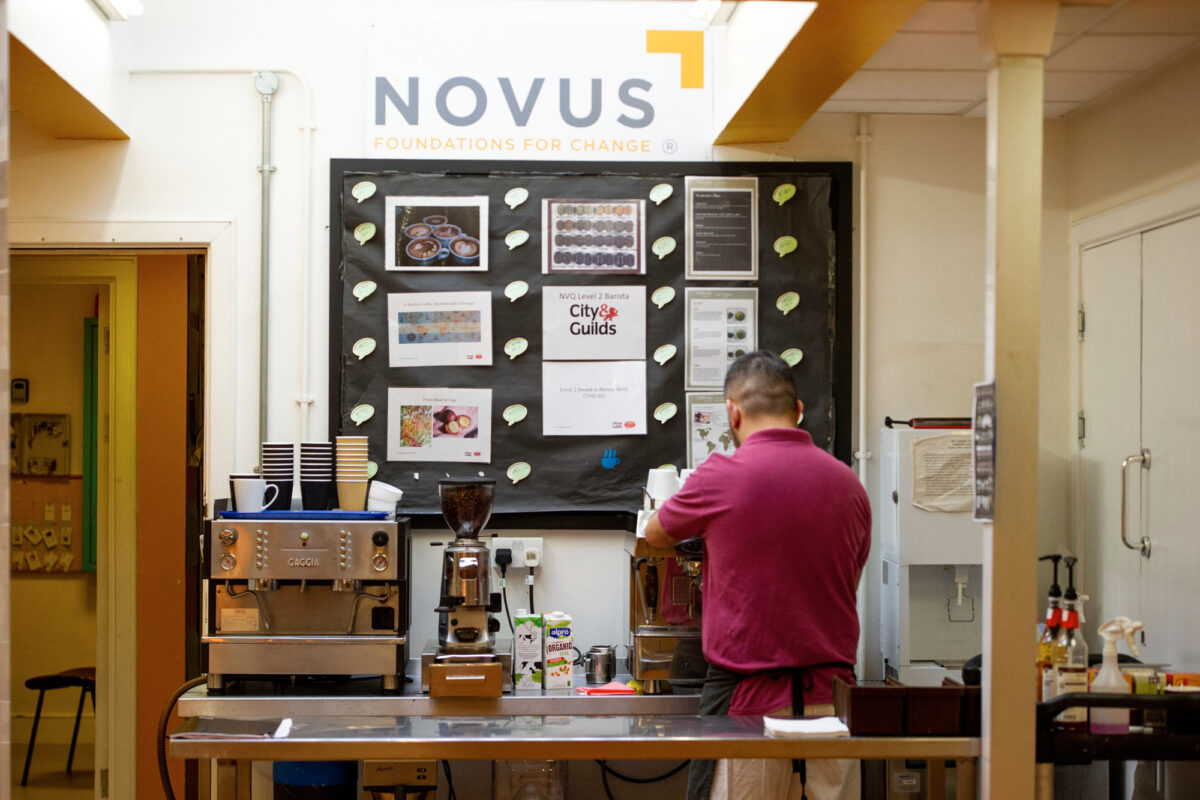UKAEA and University Birmingham to sign UK Chair in Fusion Materials

- Framework agreement sees design, development and modelling of new fusion materials
- Chair appointed to help lead partnership
Materials with better resilience to the extreme conditions in fusion energy powerplants are to be developed in a new partnership between the UK Atomic Energy Authority (UKAEA) and the University of Birmingham. UKAEA will also sponsor a Chair in Fusion Materials at the University.
The UK is recognised as a world-leader in developing fusion technologies. This agreement follows last year’s announcement that West Burton A in Nottinghamshire was selected as the home of the ground-breaking Spherical Tokamak for Energy Production (STEP) prototype fusion powerplant, which will be delivered by UK Industrial Fusion Solutions Ltd (UKIFS).
The STEP prototype powerplant is due to complete construction by 2040 and aims to provide electricity to the grid from fusion energy.
In order to make fusion commercially viable, new materials will need to be designed, developed and modelled. These materials will need to withstand the highly energetic neutrons released by the fusion reactions.
The partnership also follows University of Birmingham’s recent commission of its High Flux Accelerator-Driven Neutron facility. Added to the existing MC40 Cyclotron facility, this installation makes University of Birmingham an ideal place at which to study damage sustained by materials in fusion machines.
Dr Amanda Quadling, Director of Materials Research at UKAEA, said,
“The University of Birmingham’s School of Metallurgy and Materials has a strong track record in the development of novel materials for extreme environments particularly through the design of novel compositions and microstructures.
“We’re pleased to have this opportunity to use the University’s neutron source and to work with their excellent team of scientists.”
Professor Alessandro Mottura, Head of Materials at the University of Birmingham, commented,
“The unique facilities and expertise at the University of Birmingham will enable us to make a significant contribution to the development of Fusion into a reliable and sustainable energy source.
“This agreement will build on years of fruitful collaboration between the University of Birmingham and UKAEA, and will contribute to strengthening the United Kingdom’s leadership in this sector.”
The agreement marks an advancement in fusion energy development in academia and a shift from theoretical disciplines to real-world powerplant applications.
It will focus initially on carrying out irradiation studies on materials, developing new metal alloys that are more radiation tolerant, and additive manufacturing of materials that can withstand ultra-high temperatures.
This new Chair and partnership will help to answer complex questions concerning the future of fusion energy production, such as the testing and evaluation of materials towards component qualification and plant availability metrics.
The partnership will also work to develop a pipeline of skilled fusion engineers for this growing sector. A Master of Research (MRes) degree in Materials for Fusion Energy has been established.
It is expected this will attract collaborations from a wider range of industrial partners who will be able to sponsor students and work in partnership with them on research projects.
Along with many other framework agreements with universities and industry partners, the agreement aims to bolster the UK’s strong position in commercialising fusion energy as a major source of low carbon electricity for the second half of this century.
Fusion is the process which occurs at the centre of stars; it is the source of light and heat emitted by the Sun.
Finance invested in fusion energy enables new materials and technologies to be developed that can benefit not just fusion energy, but also a wide range of industries including space, healthcare and decommissioning.
UKAEA’s mission is to lead the delivery of sustainable fusion energy and maximise scientific and economic benefit.











Responses